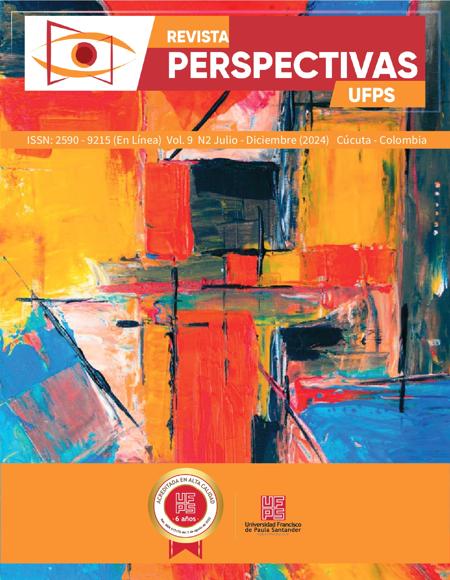Epistemic analysis of a Textbook: the case of the Mathematical Object Probability
Análisis epistémico de un Libro de Texto: el caso del Objeto Matemático Probabilidad
Main Article Content
This article presents the main findings of a research that evaluates the didactic suitability of a school textbook developed in Colombia with the objective of guiding the teaching of the mathematical concept of probability in the fifth grade of elementary school. The research was carried out using a qualitative approach, employing tools of the Ontosemiotic Approach to Mathematical Knowledge and Instruction (EOS), in particular the determination of a configuration of primary objects that is subsequently evaluated through indicators of didactic suitability. In addition, the partial meanings of the concept of probability are used to establish their representativeness in the situations presented in the text. The results indicate that the book presents a low epistemic adequacy, since it includes definitions associated with the measurement of probability in an ambiguous and imprecise way. In addition, some fundamental elements of the meaning of probability are omitted, and there is a total absence of students' management of the argumentation process.
Downloads
Article Details
Alsina, A. & Vásquez, C. (2016). La probabilidad en educación primaria. De lo que debería enseñarse a lo que se enseña. Uno Revista de Didáctica de las Matemáticas, 71(1), 46-52.
Barab, S., Gresalfi, M., & Ingram-Goble, A. (2009). Transformational Play: Using Games to Position Person, Content, and Context. Educational Researcher, 39(7), 525-536.
Batanero, C. (2005). Significados de la probabilidad en la educación secundaria. Revista Latinoamericana de Investigación en Matemática Educativa RELIME, 8(3), 247-263.
Brookfield, S. (2017). Becoming a Critically Reflective Teacher. San Francisco: Jossey-Bass.
Burbano, V. (2017). Un acercamiento a la didáctica de la probabilidad desde el PCK para el nivel preuniversitario. Tunja: Editorial Uptc.
Burbano, V. & Valdivieso, M. (2020). Una mirada histórica de los problemas de las medidas de probabilidad reales desde la investigación documental. Tunja: Editorial Uptc.
Castillo, M., Burgos, M. & Godino, J. (2022). Elaboración de una guía de análisis de libros de texto de matemáticas basada en la teoría de la idoneidad didáctica. Educação e Pesquisa, 48, e23878.
Chacón, L. B. (2022). A textbook analysis to uncover the hidden contributors of science and mathematics. Science & Education, 31(1), 193-211.
Chance, B., & Rossman, A. (2019). Investigating Statistical Concepts, Applications, and Methods. Belmont, CA: Thomson Brooks/Cole.
Coronado, J., Castañeda, D. & Tique, C. (2015). La pertinencia del uso del texto escolar: características, condiciones y restricciones. En D. Velásquez & R. López (Eds.). El texto escolar: investigaciones sobre sus perspectivas y uso en la ciudad de Bogotá (pp. 37-64). Bogotá: Kimpres S.A.S.
Font, V., Godino, J. & Gallardo, J. (2013). The emergence of objects from mathematical practices. Educational Studies in Mathematics, 82(1), 97–124.
Fúneme, C., Linares, L. & Sepúlveda, O. (2021). Análisis Ontosemiótico de un Libro de Texto Colombiano de Educación Básica Primaria: el caso del Objeto Matemático Longitud. Revemop, 3, e202128-e202128.
Gigerenzer, G. (2019). Risk Savvy: How to Make Good Decisions. Londres: Penguin Books.
Haber, J. (2020). Critical thinking. London: MIT Press.
Liu, K. (2020). Critical reflection for transformative learning. Berlin: Springer.
MEN. (2006). Estándares Básicos de Competencias. Ministerio de Educación Nacional.
MEN. (2017). Vamos a aprender Matemáticas 5. Bogotá: Ediciones SM S.A.
Ortiz, C., Almidón, Á. & Quispe, A. (2021). Experiencias significativas con estudiantes de educación universitaria para la producción de textos académicos. Revista de Filosofía (Venezuela), 98(1), 356-374.
Solovieva, Y., Rojas, L. & Sidneva, A. (2024). La enseñanza de las matemáticas en el nivel preescolar en México y Brasil ¿Hay cambios? CIENCIA ergo-sum, 31(1), 5.







